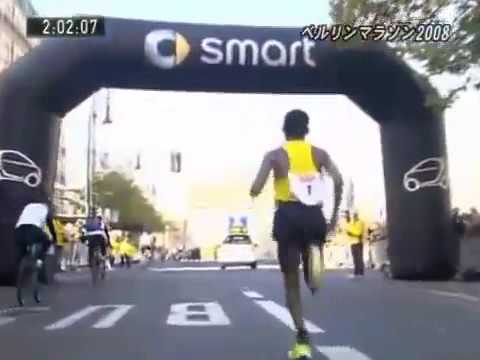Questions for the running physio: “I have flat (pronated) feet hence, I need supportive shoes to reduce my risk of injury”
by Dan Davis, Running Physiotherapist, Exercise Scientist, Elite Triathlete, Marathon Runner, Track Runner. Star Physio
Pronation (or feet that ‘roll in’) has somewhat traditionally been attributed to injury risk, hence the popularity within the running shoe world of ‘supp ortive’ categories of footwear that boast features such as a ‘stiffer mid-foot bridge’ and ‘medial posting’. However, is an absence of strong literature (i.e. good scientific studies) to support this thought process. In fact, one well designed prospective study found that injury risk was actually lower in subjects with a fair amount of apparent pronation (7-10O to be precise). Whilst this study alone is not conclusive to therefore assume more ‘pronated’ or ‘flatter’ feet have a lower injury risk, it adds strength to the argument that perhaps prescribing footwear that seems to ‘correct’ or reduce the movement of pronation may not be as valid as we think.
ortive’ categories of footwear that boast features such as a ‘stiffer mid-foot bridge’ and ‘medial posting’. However, is an absence of strong literature (i.e. good scientific studies) to support this thought process. In fact, one well designed prospective study found that injury risk was actually lower in subjects with a fair amount of apparent pronation (7-10O to be precise). Whilst this study alone is not conclusive to therefore assume more ‘pronated’ or ‘flatter’ feet have a lower injury risk, it adds strength to the argument that perhaps prescribing footwear that seems to ‘correct’ or reduce the movement of pronation may not be as valid as we think.
Did you know that World Marathon Record Holder Haile Gebrselassie is a classic overpronator? Check out these pics and see if you think “overpronation is a problem for him! 
However, when taking into account these ‘discrepancies’ in the literature and indeed before jumping to any potentially irrational conclusions, it’s important to consider the context in which a shoe is being prescribed. For example, there is good evidence to show that some types of supportive footwear can alter loading patterns in the feet, something which is particularly useful in the presence of certain pathologies or in the context of injury management.
As expert running physiotherapists in Western Australia, our aim is to be across the latest literature and evidence and to wade through the vast amount of advertising and social media rubbish, so that we can help you make smart choices with your pain and injuries, training and choice of running shoes.
In summary, in answer to this question, a ‘supportive’ shoe may not necessarily be the ‘best’ shoe in every context to reduce the risk of injury. If you’re currently managing an injury or looking to take the next (or first!) step in your running ventures book in to see either myself or one of our other expert team members at Star Physio in West Perth, Mosman Park or our CBD Office to help get you moving in the right direction.
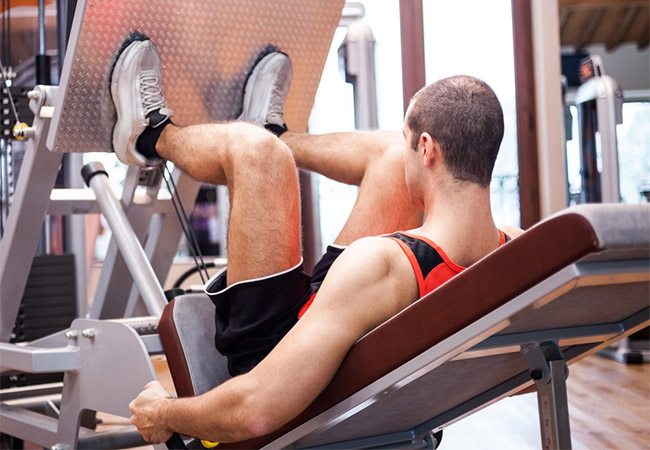
Key Strength Exercises for Cyclists and Triathletes
Integrating strength training into your training regime is crucial for cyclists and triathletes who wish to improve performance and reduce the risk of injury. While cycling, running and swimming alone will improve your aerobic fitness and maintain your performance...
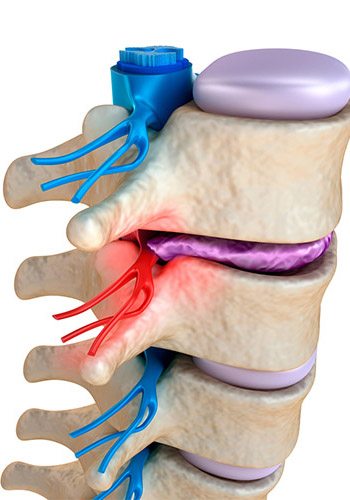
Back pain? No such thing as a slipped disc
In technical terms, there is no such thing as a slipped disc. When you hear the term “slipped disc” used, you can almost certainly be sure they’re talking about a herniated disc or a bulging disc. What is a Spinal Disc? Spinal discs are stationary parts of the body....
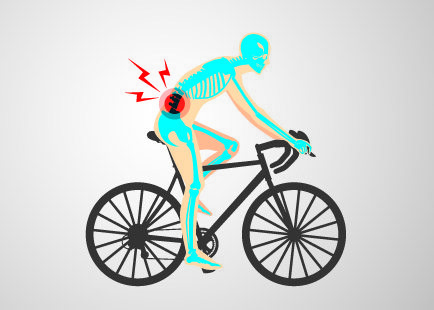
Beginner bike mistakes to avoid
At first glance, starting out on a bike for the first time seems easy – all you need is yourself, some comfortable clothing and the bike, right? Well… Sort of. Cycling actually has a lot more to it than you might think. While you might not see it at first glance, all...
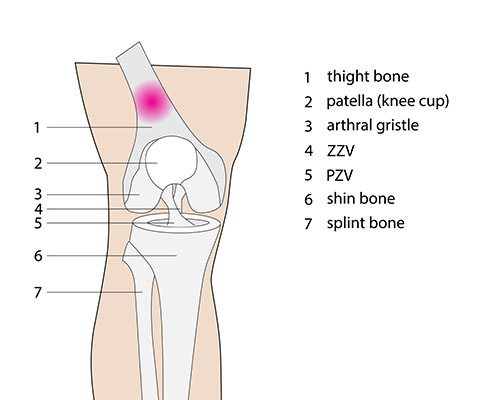
The right way to treat tendonitis
At Star Physio, we’re proud to have two members of staff who have received Doctorates for their research into tendinopathy. Doctors James Debenham and Merv Travers have published research in Achilles Tendinopathy in the Journal of Science and Medicine in Sport. We...

